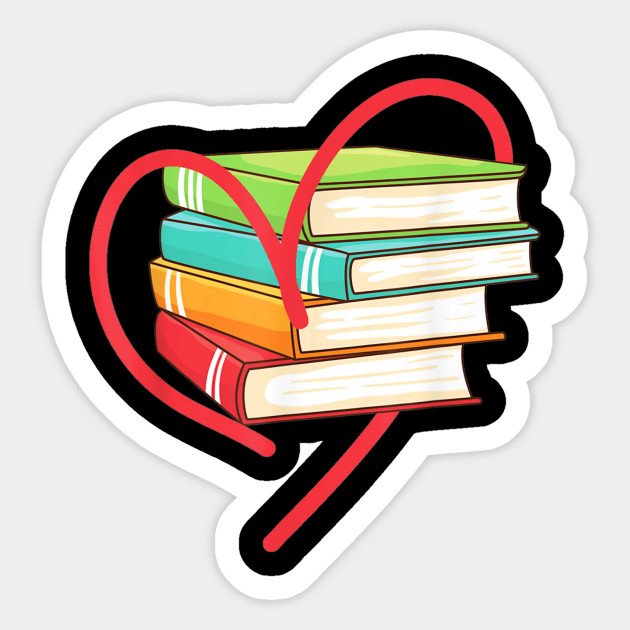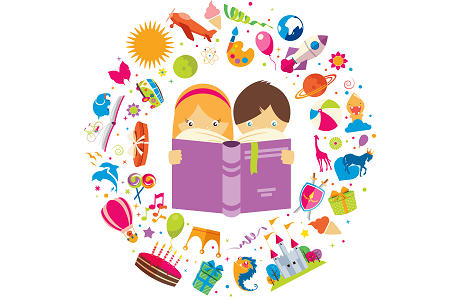Reading
Early literacy is the development of young children’s skills in moving from learning to read, to reading to learn; these skills include word recognition and language comprehension – the essential components of reading.
Children do not automatically learn how to read and skills need to be specifically taught. Providing high-quality learning experiences creates the necessary foundation to help children master essential early literacy skills.
Once children have these necessary foundations, their journey in reading continues through rich reading experiences that both engage and further develop their skills as reader.
Reading is at the heart of Buttercup primary schools curriculum with explicit learning through English curriculum experiences and implicit learning experiences through the whole school curriculum.
Phonics
At Buttercup Primary School it is essential that our approach to teaching phonics and reading is accessible to all learners, regardless of background and that it promotes and fosters a life-long love of reading from the very beginning of their school journey.
We believe that all our children can become fluent readers and writers. This is why we teach reading through Little Wandle Letters and Sounds Revised, which is a systematic and synthetic phonics programme. We start teaching phonics in Nursery/Reception and follow the Little Wandle Letters and Sounds Revised progression, which ensures children build on their growing knowledge of the alphabetic code, mastering phonics to read and spell as they move through school.
Understanding Phonics…
The world of phonics! If you are new this then it can feel very overwhelming in getting your head around this subject and really understanding it! Especially if you are wanting to try and help your child at home!
Hopefully this page will provide you knowledge and support to develop your understanding as a parent! But please remember we are available to ask in person if there is anything you want clarity on or further understanding of!
In a Nutshell…
The alphabet contains only 26 letters. Spoken English uses about 44 sounds (phonemes). These phonemes are represented by letters (graphemes). In other words, a sound can be represented by a letter (e.g. ‘s’ or ‘h’) or a group of letters (e.g. ‘th’ or ‘ay’). See the phonic glossary below for more info on the terms!
Once children begin learning sounds, they are used quickly to read and spell words. These skills are built on from Reception to Year 2 and beyond in order to help children read and write.
There are different sets of phonics that different year groups and abilities work through ( see progression document)
Download our Parent Information PowerPoint that was shared with all EYFS and Year 1 parents. Or a summary of this information can be found in the electronic version of parent handout found in the link below.
What is phonics?
“Phonics is a way of teaching children to read quickly and skilfully. They are taught how to recognise the sounds that each individual letter makes and identify the sounds that different combinations of letters make. Children can then use this knowledge to ‘de-code’ new words that they hear or see. This is the first important step in learning to read.” DFE ‘Information for Parents’ 2013
Phonics is a way of teaching children to read quickly and skilfully. They are taught how to:
* Recognise the sounds that individual letters make
* Identify the sounds that different combinations of letters make-such as ‘sh’ or ‘oo’
* Blend these sounds together from left to right to make a word
Written language can be compared to a code, so knowing the sounds of individual letters and how those letters sound when they’re combined will help children ‘decode’ new words that they hear or see. This is the first important step in learning to read.
The children are taught to read words by blending, which means pushing all the sounds together to make a word. The children are taught to spell words by segmenting, which means sounding out words and writing down the sounds they can hear.
How to teach phonics
Little Wandle Letters and Sounds Revised is a complete systematic synthetic phonics programme (SSP) developed for schools by schools. Based on the original Letters and Sounds, but extensively revised to provide a complete teaching programme meeting all the expectations of the National Curriculum, the Ofsted Deep Dive into reading and preparing your children to go beyond the expectations of the Phonics Screening Check.
We ensure that children progress in their phonic knowledge through:
- Daily phonic sessions
- Phonics being promoted as a tool to help children decode words to read and spell
- To support letter formation and spelling we use the Little Wandle rhymes to help children find and form the sounds they need when writing.
- Children are encouraged to use and apply their phonic knowledge in independent work, guided writing sessions and group reading 3 times a week.
- Regular assessments which are then used to inform planning and cover gaps
- Clear, high expectations and time scales are set within the progression of phonics – interventions are put into place for those children not meeting the expectations set. Keep up not catch up approach is led through our school.
- Reading books support and are closely matched to each child’s phonological awareness and level of development.
Have a look at this link for a detailed explanation: Phonics-from-the-Start
Assessment
Children’s progress is continually reviewed and are formally assessed every 6 weeks.
We work towards ensuring the children’s reading ability is aligned with the national Phonics screening check results which is performed in June of Year 1. Children who do not meet targets are supported with an accelerated program. Phonics workshop is provided for parents that gives parents information about how they can support their children at home with phonics.
Nursery – Year 1
Reading Schemes
We ensure that our reading schemes encourage children to apply the new phonological knowledge they have gained by providing them with decodable home reader reading books from schemes such as Big Cat Collins Phonics, Oxford University Press and Project X . Alongside these schemes we use Oxford Reading Tree and a wide range of appropriately levelled real books to ensure children develop a great love of reading and have an opportunity to embed the application of key reading skills.
As mentioned in the panels above, when your child is able to decode and start to read themselves they will receive a book closely matched to their phonic ability.
1st time – to decode and practise phonics
2nd time – to build fluency (read it at a quicker pace)
3rd time – for comprehension (the understanding of the story, they should be more fluent, therefore understand a little more about what is going on in the story)
The document below is a chart showing the progression of book bands and links to phonic phases
In years 2, 3 and 4 children access a range of high-quality engaging texts across a range of genres. These are linked across subjects and areas of learning with teachers sharing them and modelling a range of reading strategies.
Developing a Love of Reading

At Buttercup we try to encourage a love of reading from the off! There are many things we do to try and create excitement and enjoyment of reading, please click the link below for more information.
Take a look…
Want to know how to say the sounds? watch this video! click here
Every parents asks – ‘What is blending & segmenting?!’ watch this useful video to explain in detailclick here

